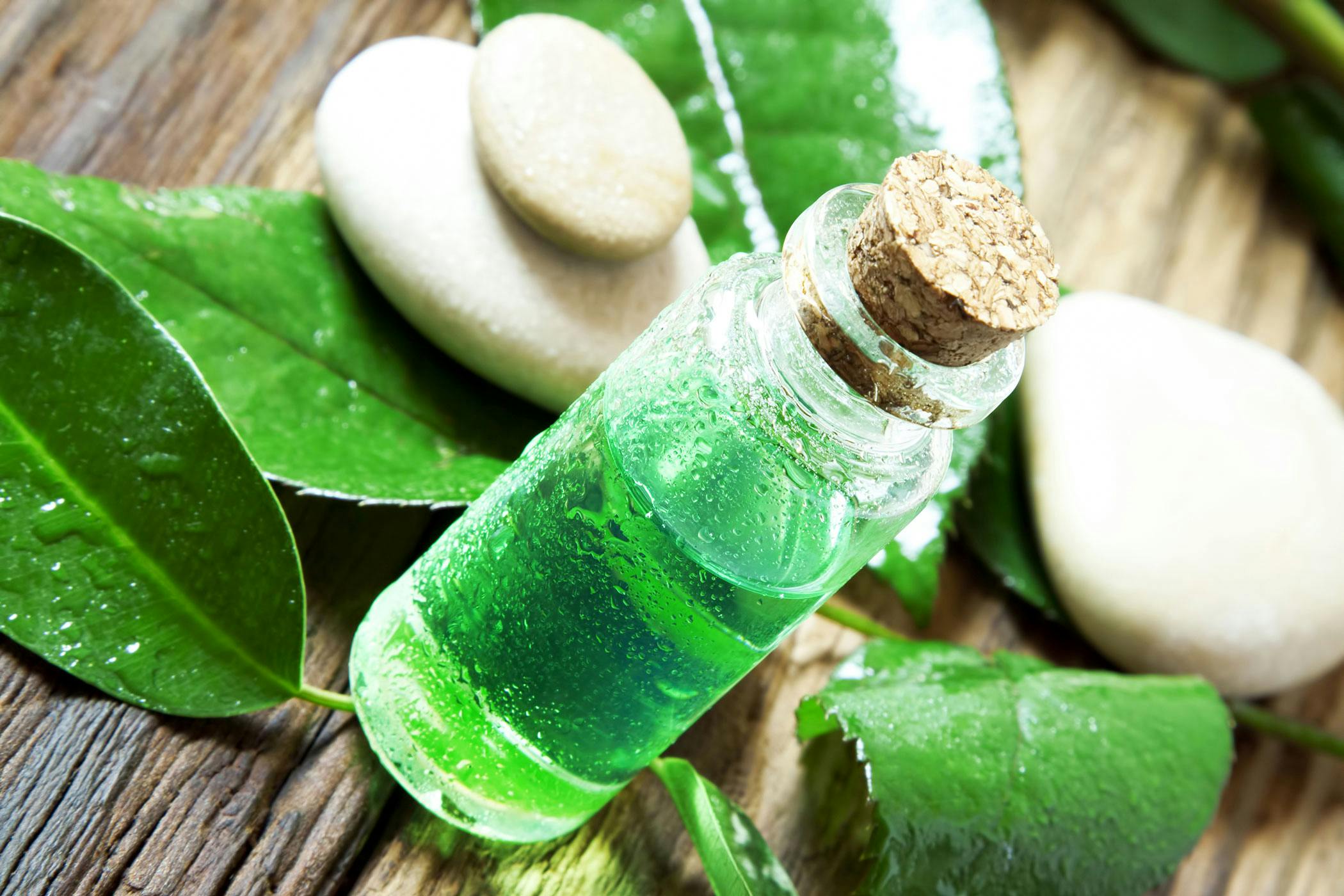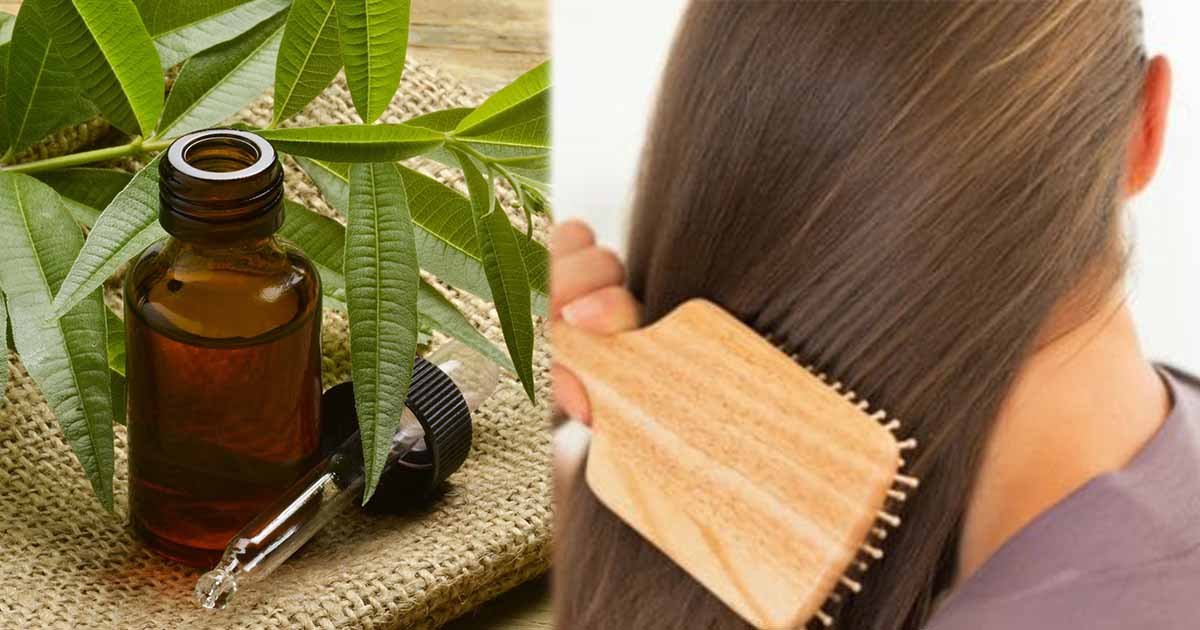News Desk |
Tea tree oil, also known as melaleuca oil, is an essential oil distilled from the leaves of the native Australian plant Melaleuca alternifolia.
In recent decades, its popularity has grown in other areas of the world as an alternative and complementary treatment. Today, tea tree oil is commonly found in cosmetics, topical medicines, and household products.
Benefits
There is some evidence to show that tea tree oil may have several uses.
Antibacterial
The oil has been used for almost 100 years as a healing treatment in Australia, particularly for skin conditions. Today it is used for a number of conditions.
Tea tree oil is probably best known for its antibacterial activity. Some research suggests that the broad-spectrum antimicrobial activity associated with the oil comes from its ability to damage the cell walls of bacteria. More research is needed to understand how it might work.
Anti-inflammatory
Tea tree oil may help quell inflammation, possibly due to its high concentration of terpinen-4-ol, a compound with anti-inflammatory properties.
In animal tests, terpinen-4-ol was found to suppress inflammatory activity in cases of mouth infection. In humans, topically applied tea tree oil reduced swelling in histamine-induced skin inflammation more effectively than paraffin oil.
Antifungal
A review of the effectiveness of tea tree oil highlights its ability to kill a range of yeasts and fungi. The majority of the studies reviewed focus on Candida albicans, a type of yeast which commonly affects the skin, genitals, throat, and mouth.
Mild to moderate dandruff related to the yeast Pityrosporum ovale may be treated with 5 percent tea tree oil, according to one study.
Other research suggests suggests that terpinen-4-ol enhances the activity of fluconazole, a common antifungal drug, in cases of resistant strains of Candida albicans.
Antiviral
Some studies show that tea tree oil can help treat certain viruses, but research is limited in this area.
Acne
The National Center for Complementary and Integrative Health advise that research into the effects of topically applied tea tree oil in people is limited.
However, the oil may be useful for a number of skin complaints. Acne is the most common skin condition. It affects up to 50 million Americans at any one time.
One study found a significant difference between tea tree oil gel and a placebo in treating acne. Participants treated with tea tree oil experienced improvement in both total acne count and the severity of the acne.
This builds on earlier research which compared 5 percent tea tree oil gel with 5 percent benzoyl peroxide lotion in treating cases of mild to moderate acne. Both treatments significantly reduced the number of acne lesions, although the tea tree oil worked more slowly. Those using the oil experienced fewer side effects.
Top 6 benefits of tea tree oil, a proven essential oil for facial, hair and 50+ skin conditions. https://t.co/h6iYez6ZZV#Oil #Skin #SkinCare @dermdrhale @Wendyohare @TheNBPot @MarktheSpaman @DailySkinTip @SkinSalveation1 @LoriShemek @missinginsight pic.twitter.com/jpZDRO4ihW
— Bael Wellness (@baelwellness) May 14, 2019
Athlete’s Foot
Symptoms of athlete’s foot, or tinea pedis, were reduced through topical application of a tea tree oil cream, according to one study.
A 10 percent tea tree oil cream appeared to reduce the symptoms as effectively as 1 percent tolnaftate, an antifungal medication. However, the oil was no more effective than a placebo in achieving a total cure. More recent research compared higher concentrations of tea tree oil on athlete’s foot with a placebo.
A marked improvement in symptoms was seen in 68 percent of people who used a 50 percent tea tree oil application, with 64 percent achieving total cure. This was over double the improvement seen in the placebo group.
Contact Dermatitis
Contact dermatitis is a form of eczema caused by contact with an irritant or allergen. Several treatments for contact dermatitis were compared, including tea tree oil, zinc oxide, and clobetasone butyrate.
A gel containing tea tree oil may be beneficial for those with chronic gingivitis, an inflammatory gum condition.
Results suggest that tea tree oil was more effective in suppressing allergic contact dermatitis than other treatments. However, it did not have an effect on irritant contact dermatitis.
Keep in mind that tea tree oil itself may induce allergic contact dermatitis in some people.
Dandruff and Cradle Cap
Mild to moderate dandruff related to the yeast Pityrosporum ovale may be treated with 5 percent tea tree oil, according to one study.
People with dandruff who used a 5 percent tea tree oil shampoo daily for 4 weeks showed significant improvements in overall severity, as well as in the levels of itchiness and greasiness, when compared with a placebo.
Participants experienced no negative effects. Another study found tea tree oil shampoo effective for treating children with cradle cap.
It is possible to be allergic to tea tree oil. To check for a reaction, put a little shampoo on the infant’s forearm, and rinse. If no reaction occurs in 24 to 48 hours it should be safe to use.
Head Lice
Head lice are becoming more resistant to medical treatments, so experts are increasingly considering essential oils as alternatives.
Research compared tea tree oil and nerolidol – a natural compound found in some essential oils – in the treatment of head lice. The oil was more effective at killing the lice, eradicating 100 percent after 30 minutes. On the other hand, nerolidol was more effective at killing the eggs.
A combination of both substances, at a ratio of 1 part to 2, worked best to destroy both the lice and the eggs. Other research has found that a combination of tea tree oil and lavender oil was effective at “suffocating.”

Nail Fungus
Fungal infections are a common cause of nail abnormalities. They can be difficult to cure.
One study compared the effects of a cream comprising both 5 percent tea tree oil and 2 percent butenafine hydrochloride (a synthetic antifungal) with a placebo. After 16 weeks, the nail fungus was cured in 80 percent of people. None of the cases in the placebo group was cured.
Another study showed oil effective in eliminating nail fungus in the laboratory. However, this research does not definitely show that the tea tree oil component of the cream is responsible for the improvements experienced, so further research is needed.
Read more: Fasting can amplify your exercise routine!
Oral Health
A gel containing tea tree oil may be beneficial for those with chronic gingivitis, an inflammatory gum condition.
Study participants who used tea oil gel experienced a significant reduction in bleeding and inflammation when compared with a placebo or a chlorhexidine antiseptic gel.
Other research indicates that a type of bacteria associated with bad breath may be treated with tea tree oil and alpha-bisabolol, the active component in chamomile.
Dose
The amount and timing of tea tree oil dosage depend on several factors, including the condition requiring treatment, its severity, and the concentration of the tea tree oil.
Risks and Warnings
Applying tea tree oil topically, or ingesting it, carries several risks. Tea tree oil is not monitored for safety or purity by the United States Food and Drug Administration (FDA), so it should be purchased from a reputable source.
Five Possible Uses of Tea Tree Oil
Tea tree oil has many applications. Some suggestions include:
Wound dressing. Place a few drops of oil onto fresh wound dressing to kill bacteria and reduce inflammation.
Homemade mouthwash. Add 2 drops of tea tree oil to a cup of water and use as mouthwash. Do not swallow as tea tree oil is toxic if taken internally.
Natural dandruff remedy. Mix a few drops of tea tree oil into regular shampoo and wash hair as normal.
Acne treatment. Add 4 drops of tea tree oil to a half cup of water. Apply to the face with a cotton pad once daily.
Household cleaner. Mix 20 drops of tea tree oil with a cup of water and a half cup of white vinegar. Pour the mixture into a spray bottle and use as an all-purpose antimicrobial cleaner.














